Which animal has a life span closest to that of sheep?
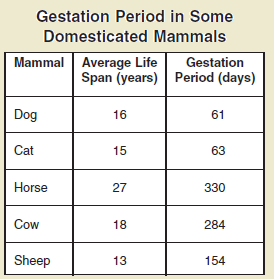
Cat
The line graph shows five years of data about a dog. What information does the graph show?
A.) How the mass of the dog changed
B.) How much food the dog consumed
C.) What kinds of food the dog consumed
D.) When the dog was measured each month
A.) How the mass of the dog changed
Crickets chirp to attract other crickets. The temperatures and rates of their chirping are graphed above. Which statement below is most likely true for the data represented in the graph?

A.) The cooler the temperature, the louder the crickets chirp.
B.) The crickets cannot chirp at temperatures lower than 10 degrees C.
C.) The warmer the temperature, the more often crickets chirp.
D.) The temperature and the chirping of crickets are not related.
C.) The warmer the temperature, the more often crickets chirp.
(2004) This chart represents the type and number of items collected in a beach cleanup. Based on the above chart, what percentage of the total items collected from the beaches was plastic?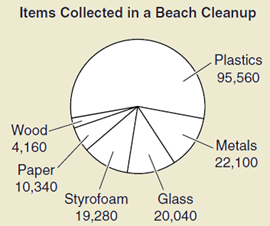
A.) 46%
B.) 49%
C.) 56%
D.) 70%
C.) 56%
Scientists have spent many years studying the peppered moth, which is a species that has adapted its color from light to dark in reaction to environmental pollution. Which of the following line graphs represents the data from the table?

A.) 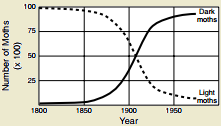
B.) 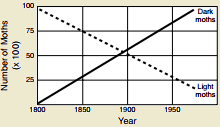
C.) 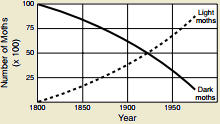
D.) 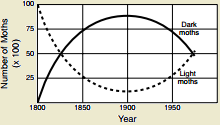
A.) 
According to this chart, which planet will most likely have the highest temperatures?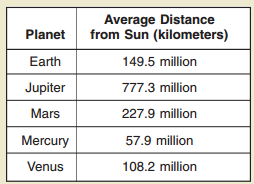
A.) Earth
B.) Mars
C.) Mercury
D.) Venus
C.) Mercury
According to this graph, which of these is most important in developing the biomass of these plants?
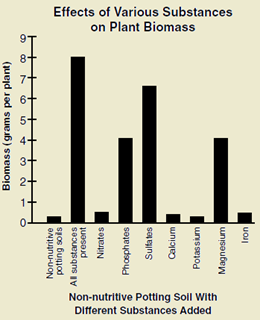
A.) Nitrates
B.) Sulfates
C.) Magnesium
D.) Iron
B.) Sulfates
The chart shows the results of an experiment to test the effects of different plant lights on plant seedling growth. Which group of plants showed the greatest gain in height?
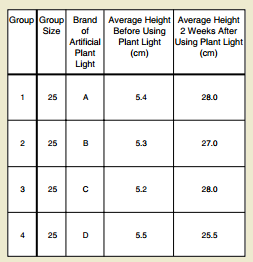
A.) Group 1
B.) Group 2
C.) Group 3
D.) Group 4
C.) Group 3
The line graph shows the heights of plants grown in fertilized and unfertilized soil. Based on this information, what will most likely occur on day six?
A.) Neither plant should increase by 1 cm in height.
B.) Plant A should increase about 1 cm in height.
C.) Plant B should increase about 1 cm in height.
D.) Plant A should increase about 2 cm in height.
A.) Neither plant should increase by 1 cm in height.
According to the graph, which air pollutant decreased the most from 1970 to 1991?
A.) Carbon monoxide
B.) Sulfur oxides
C.) Particulates
D.) Lead
D.) Lead